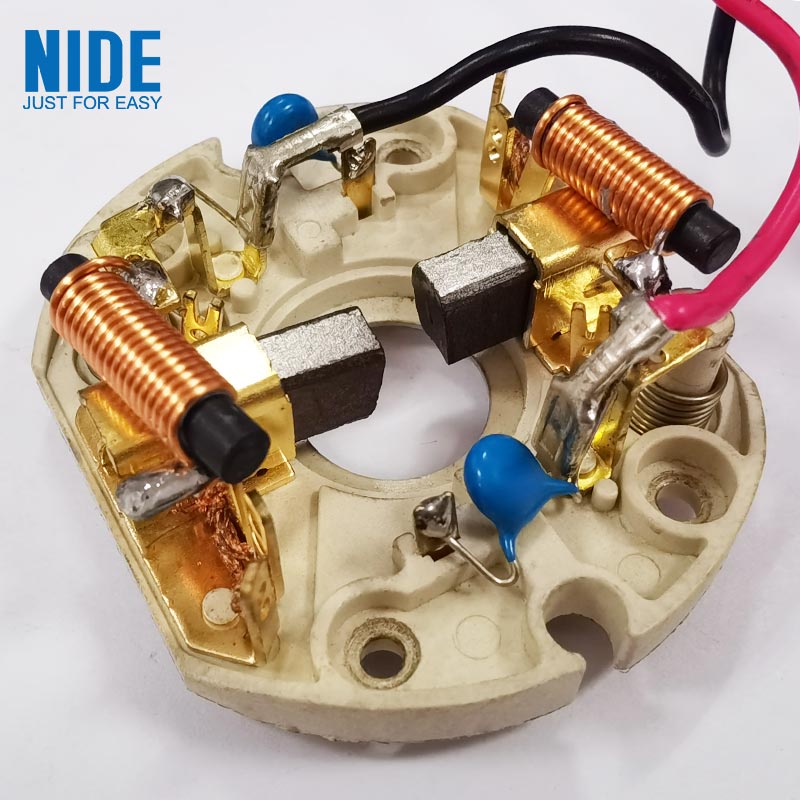Functional characteristics of carbon brushes
2023-08-15
Functional characteristics of carbon brushes
The function of the carbon brush is mainly to conduct electricity while rubbing against the metal. It is not the same as when metal is rubbing and conducting electricity to metal; Carbon brushes don't because carbon and metal are two different elements. Most of its uses are used in motors, and the shapes are various, square and round, and so on.
Carbon brushes are suitable for all kinds of motors, generators, and axle machines. It has good reversing performance and long service life. The carbon brush is used on the commutator or slip ring of the motor. As a sliding contact body that leads and imports current, it has good electrical conductivity, thermal conductivity and lubricating performance, and has a certain mechanical strength and the instinct of commutation sparks. Almost all motors use carbon brushes, which are an important part of the motor. Widely used in various AC and DC generators, synchronous motors, battery DC motors, crane motor collector rings, various types of welding machines and so on. With the development of science and technology, the types of motors and the working conditions of use are becoming more and more diverse
The specific role of carbon brushes
1. Add the external current (excitation current) to the rotating rotor (input current) through the carbon brush;
2. Introduce the static charge on the large shaft to the ground (grounded carbon brush) through the carbon brush (output current);
3. Lead the large shaft (ground) to the protection device for rotor ground protection and measure the positive and negative ground voltage of the rotor;
4. Change the direction of the current (in the commutator motor, the brush also plays the role of commutation)
Except for induction AC asynchronous motors. There are other motors, as long as the rotor has a commutation ring.
The principle of power generation is that after the magnetic field cuts the wire, a current is generated in the wire. The generator cuts the wire by rotating a magnetic field. The rotating magnetic field is the rotor, and the cut wires are the stator.


